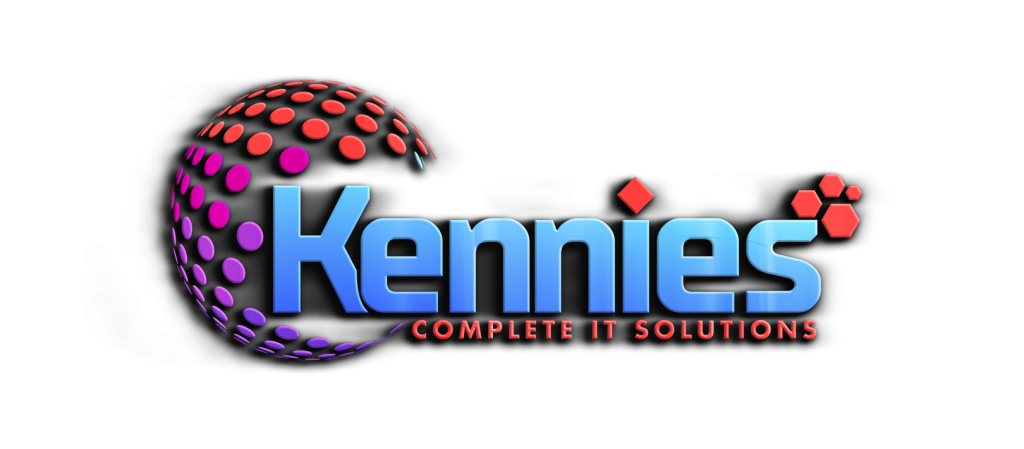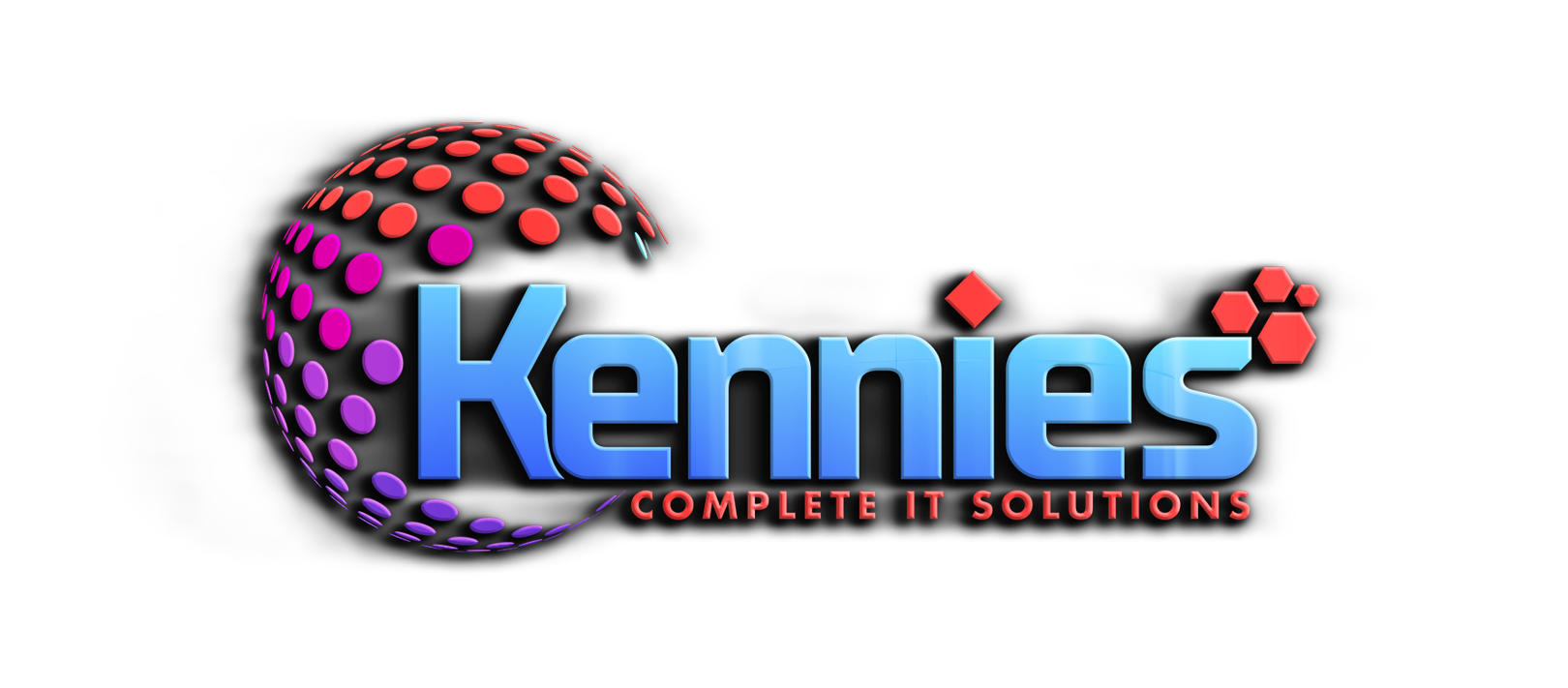
Cloud computing offers on-demand functionality through its scalable infrastructure and pay-as-you-go pricing model, enabling users and individuals to access computing resources whenever and wherever they need them without any upfront investment or long-term commitments. The scalable infrastructure verifies that computing resources can be quickly provisioned or released based on demand, allowing users to access resources as needed without any delays. This flexibility ends the need for upfront investment in hardware and software, as well as the burden of maintaining and upgrading infrastructure.
Moreover, the pay-as-you-go pricing model enables users to pay only for the resources they consume, reducing costs and optimizing resource utilization. In this model, users can easily scale resources up or down as per the requirements, ensuring efficient resource allocation and cost management. In addition, the cloud provider handles the underlying infrastructure, including hardware, networking, and storage, freeing users from the challenges of handling physical resources.
As a result, businesses can focus on their core business operations while leveraging the agility and cost-effectiveness of cloud computing. Thus, cloud computing transforms the way organizations consume and manage IT resources, offering unprecedented flexibility, scalability, and cost-efficiency.
Understanding On-Demand Computing
On-demand computing, abbreviated as ODC, refers to a delivery model in which computing resources are made available to the user as needed. The resources might be maintained within the user’s enterprise or made available by a cloud service provider.
The main objective of creating the on-demand business computing model is to overcome the challenges of enterprises meeting fluctuating demands efficiently. Because an enterprise’s demand for computing resources can be unpredictable at times, maintaining sufficient resources to meet peak requirements can be costly. It is an agile, scalable model that enables enterprises to keep pace with unpredictable customer and market demands.
Furthermore, another benefit of on-demand computing is its pay-per-use cost structure. Enterprises are able to maintain minimal computing resources until additional resources are required. It enables enterprises to cut costs as they will not need to maintain a high level of resources to account for peak times. Also, businesses won’t need to spend money on employees to safeguard or manage their physical resources if they are using a third-party service like Open Metal. The third-party provider can help the user increase or decrease their resources and take care of security and maintenance.
For businesses prepared to implement the model for their needs, on-demand computing offers a way for agile, organic growth. It is easily scalable, self-serve, and has a pay-per-use structure.
How does cloud computing provide on-demand functionality?
In today’s evolving digital world, an increasing number of businesses are opting to outsource their resource needs to cloud service providers instead of developing their own data centers or IT infrastructure. They usually rent out computer resources based on consumer demand. By doing so, organizations are able to skip the significant upfront expenditures associated with purchasing data center equipment, installing it in physical locations, and managing it.
Most cloud hosting providers offer a control panel from where you can instantly view active and inactive cloud servers. A service with on-demand capability provides resources right away when they’re needed. It may involve servers, networks, software programs, storage capacity, speed, and other related factors. Features of cloud computing are highly scalable. When visitor traffic suddenly spikes, users could add more resources as needed. They are also free to dispose of the materials they no longer need.
The purpose of cloud computing is to accommodate users’ varying requests for resources. Having all the resources does not make sense for a business because they might not be used. In order to make things more manageable for consumers, it does away with the pay-for-what-you-use model that is present in standard hosting services. It gets more challenging for a small firm to benefit from cloud computing services if the on-demand capability is not deployed.
Advantages of On-Demand Computing
As discussed, the on-demand computing model originated to overcome the challenges of enterprise fulfilling fluctuating demands efficiently. Because an enterprise’s demand for computing resources can be unpredictable at times, maintaining sufficient resources to tailor peak requirements can be costly.
Cutting costs by only maintaining minimal resources means there are likely insufficient resources to fulfill peak loads. The on-demand model offers an enterprise with the ability to scale computing resources up or down whenever needed, with the click of a button. Here some significant benefits of on-demand computing are as follows:
- Flexibility to meet fluctuating demands: Users and individuals can instantly increase or decrease their computing resources as needed, either short-term or long-term.
- Eradicates the need to purchase, maintain, and upgrade hardware: The CSP managing the on-demand services manages resources like server and hardware, system updates, and maintenance so that user organization is saved from making large capital expenditures on these elements. Businesses also don’t have to worry about updating or handling those resources because the CSP takes care of these aspects as well.
- User-friendly: Many cloud-based, on-demand computing services in the cloud are user-friendly and easy to access since they are available via a self-service model. It allows most users to easily acquire additional computing resources with minimal or no help from their IT department. Moreover, it can help speed up access to these business or mission-crucial resources, which improves business efficiency.
- Access to advanced technologies: One of the largest CSPs invests in the latest technologies, including machine learning, computer vision, and the Internet of Things (IoT), that organizations can access for their requirements without having to make significant investments. For smaller companies, access to these technologies helps level the playing field, enabling them to innovate and compete on equal grounds with larger competitors.


